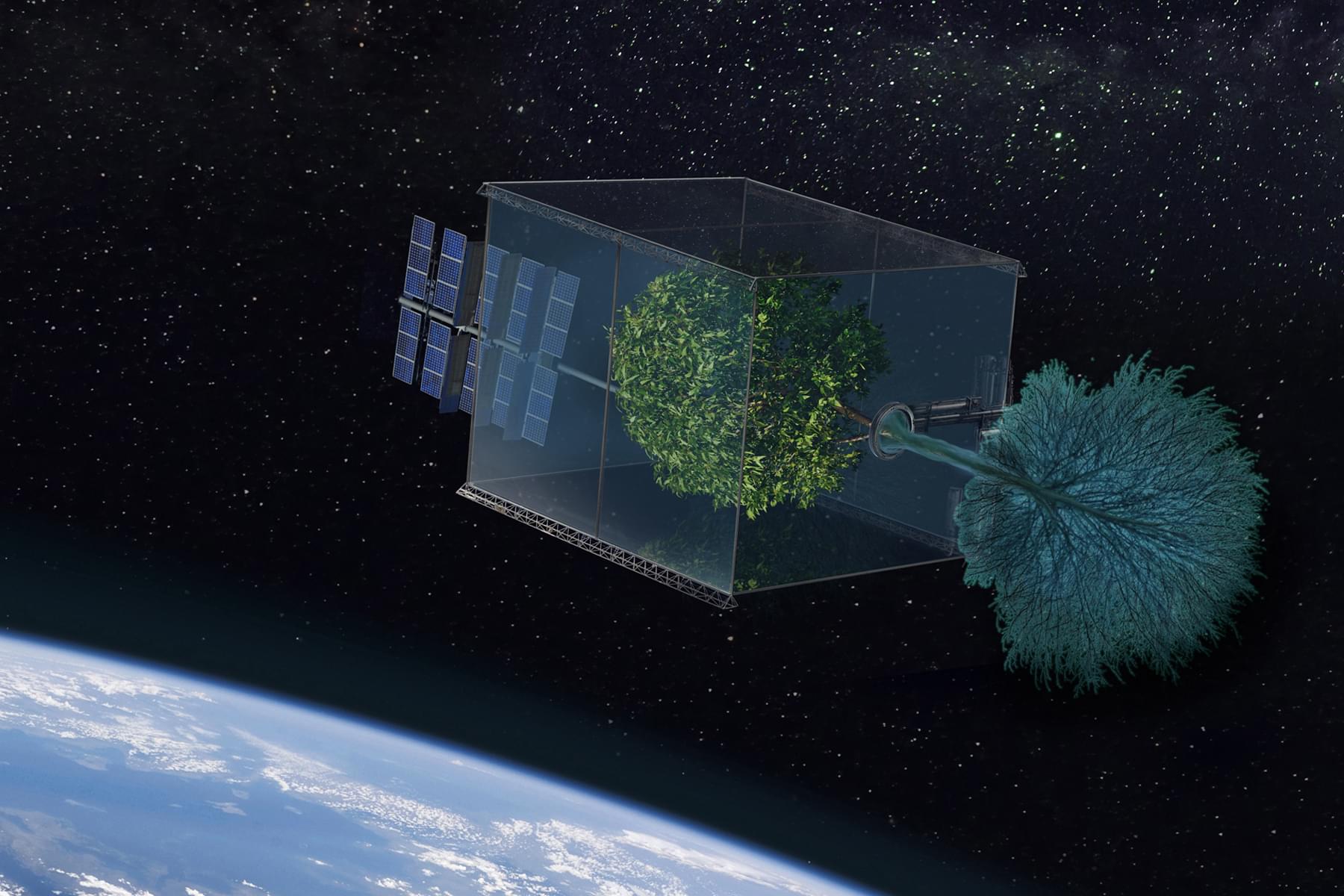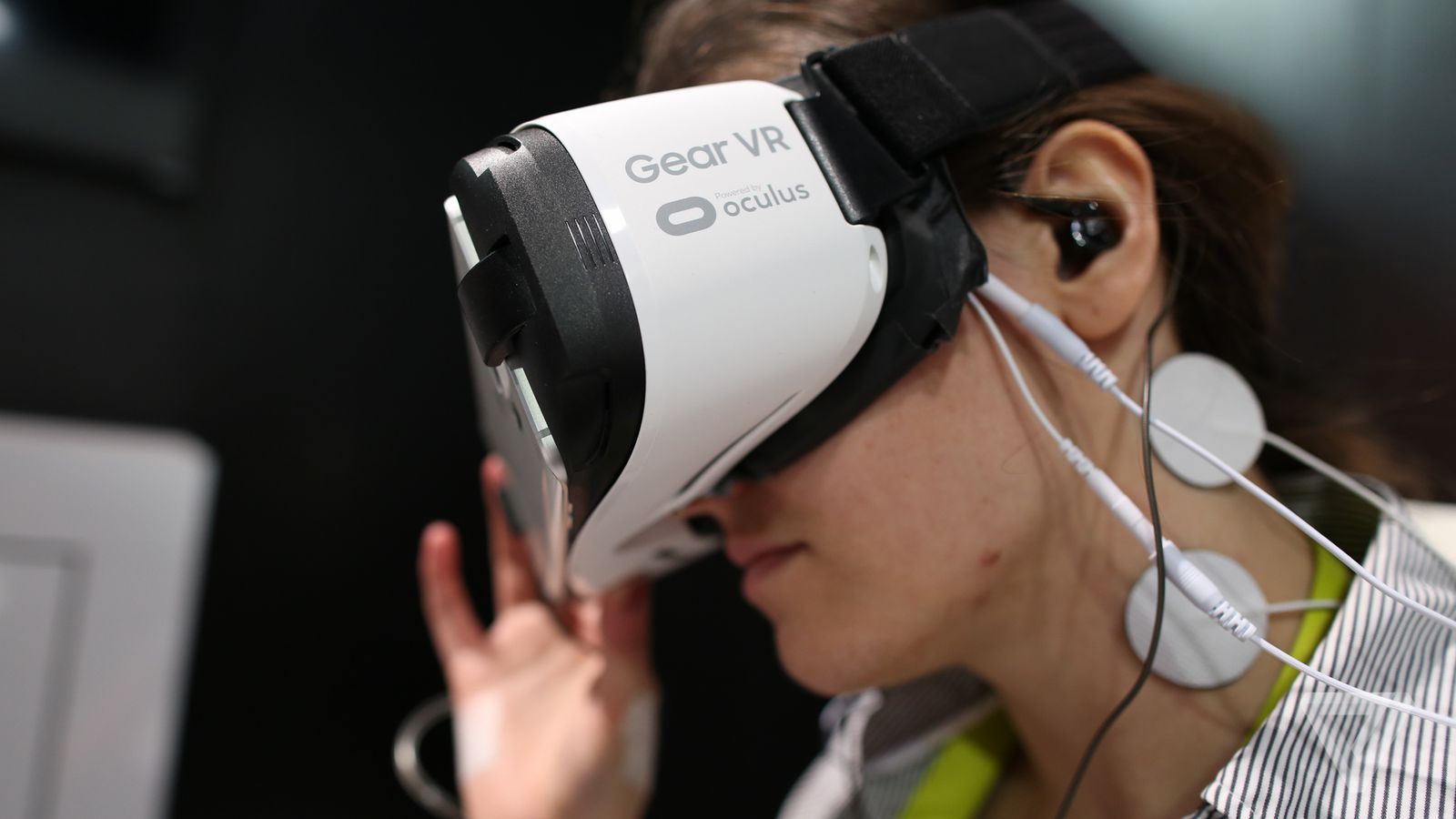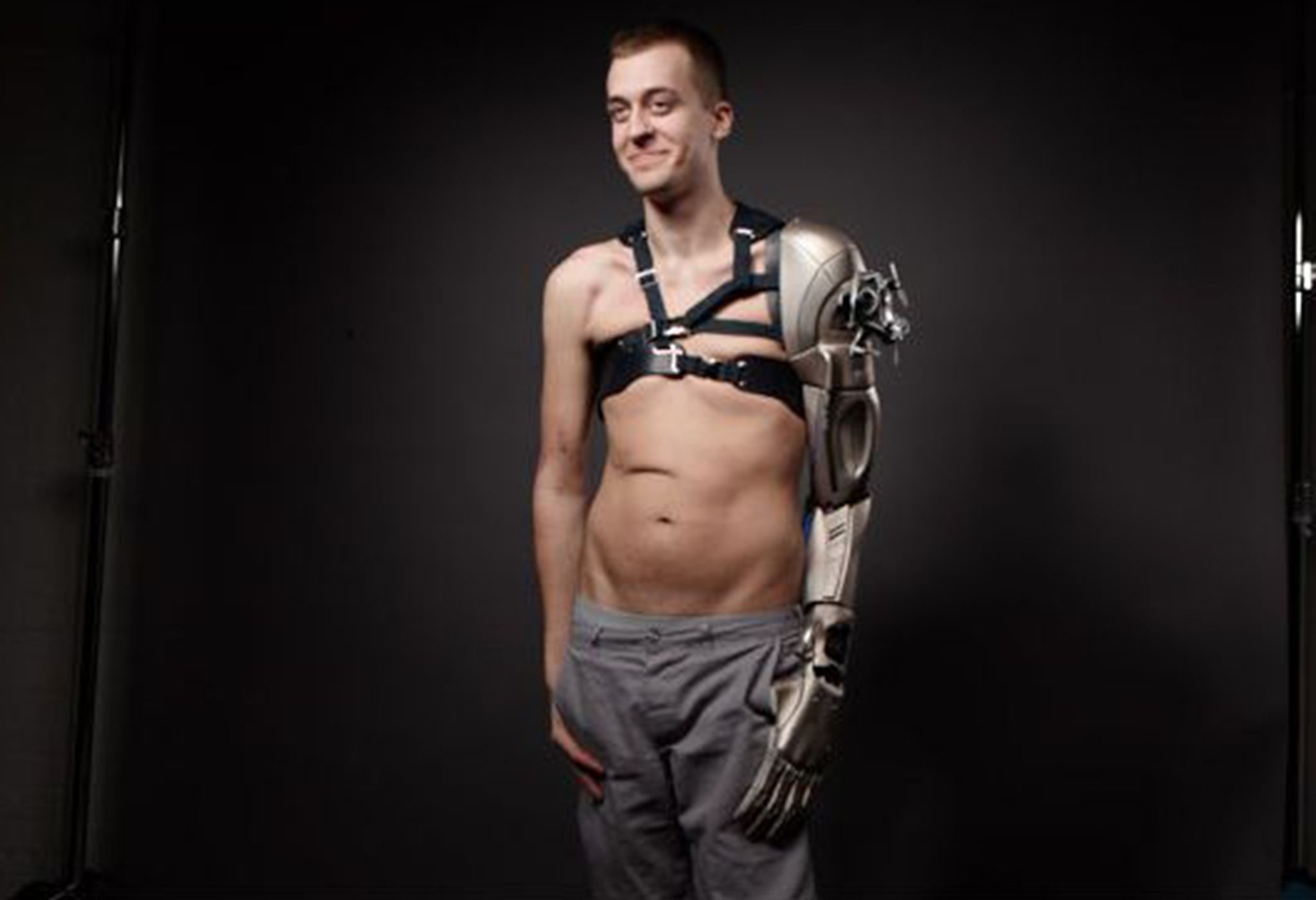Mar 1, 2016
In the Future You’ll Be a Superhero and Here’s How You’ll Get Your Superpowers
Posted by Shailesh Prasad in categories: engineering, futurism
The knock on superheroes is that they’re unrealistic. This isn’t fair. Many superheroes have powers that we are close to or will be capable of engineering for ourselves. What’s unrealistic is the way those powers are doled out. Radioactive spiders aren’t going to make anyone strong any time soon.
Throw away those old origin stories and replace them with new scientific narratives and you’ve got something closer to the truth, which is this: We’re all going to have superpowers. Here’s the order in which we’re going to get them.
Superhuman Marksmanship
Continue reading “In the Future You’ll Be a Superhero and Here’s How You’ll Get Your Superpowers” »















